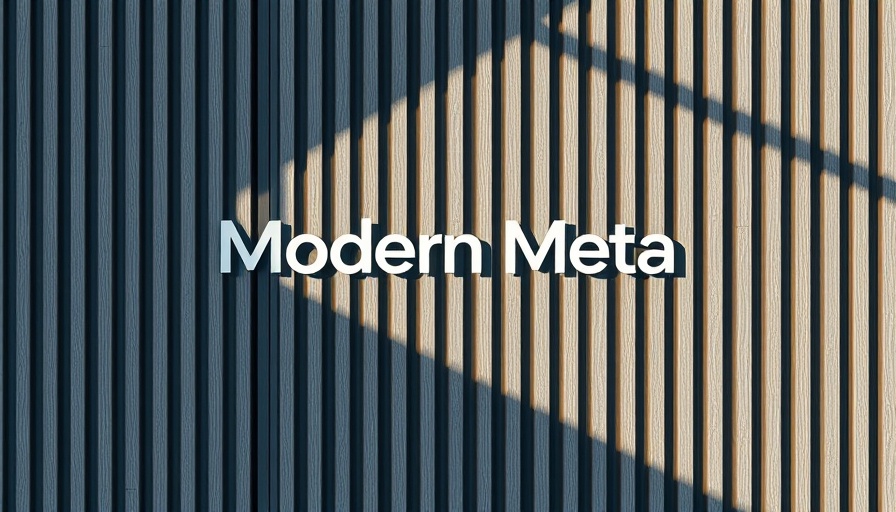
Meta's Strategic Shift: A Halt on AI Hiring
In a recent turn of events, Meta has announced a hiring freeze within its AI organization, following an aggressive recruitment strategy that saw over 50 AI workers poached from competitors. This change in strategy comes immediately after a major reorganization of the unit, now restructured into four distinct groups under the new Meta Superintelligence Labs.
The Implications of the AI Talent War
Mark Zuckerberg's ambitions in the AI sector have been known to lead to fierce competition for talent. With significant investment into AI, the company has been involved in a tactical recruitment drive, offering eye-popping salary packages—sometimes reaching into nine figures. However, the recent hiring pause indicates a potential recalibration of priorities within Meta as they continue to reorganize their team.
The Future of Meta in AI
While the freeze appears temporary, it raises questions about Meta's long-term plans within the AI landscape. Analysts are increasingly concerned about the financial implications of high compensation and its impact on shareholder profits. As Meta navigates through its internal restructuring, it will need to balance aggressive talent acquisition with sustainable financial practices. The outcome of this freeze will likely dictate how rapidly Meta can innovate in an increasingly competitive AI ecosystem.
 Add Row
Add Row  Add
Add 




Write A Comment